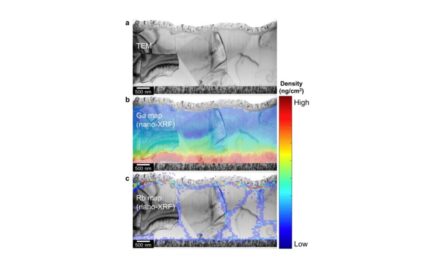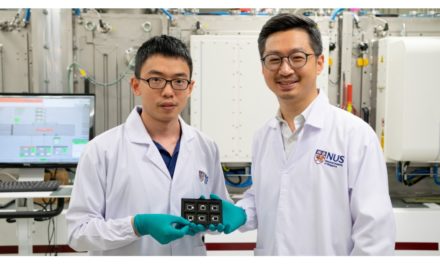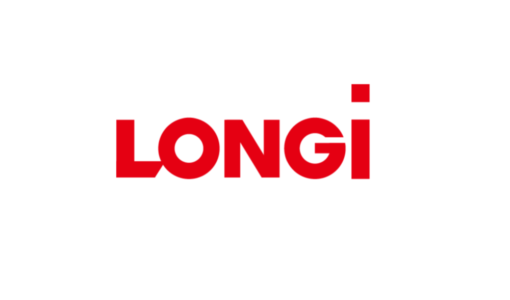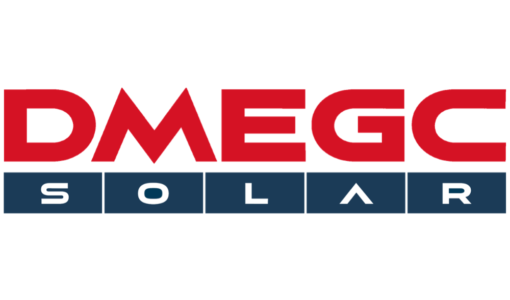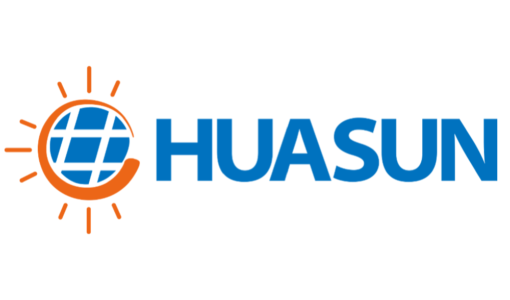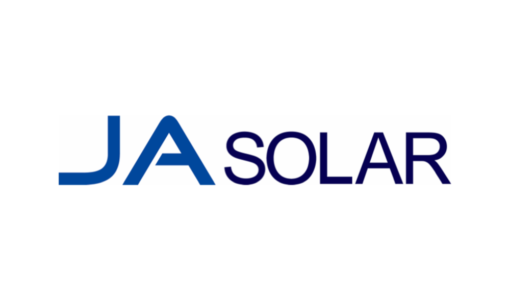- Uppsala University and First Solar European Technology Center have reported 23.64% CIGS solar cell efficiency
- They have exceeded the previous high efficiency of 23.35% reported by Solar Frontier of Japan
- The team is now aiming to further expand to 25% cell efficiency with improved measures
Sweden’s Uppsala University along with First Solar European Technology Center have achieved what they believe is a world record for copper indium gallium selenide (CIGS) solar cells. Germany’s Fraunhofer ISE has measured the 23.64% announced efficiency.
First Solar European Technology Center was previously known as Evolar, a perovskite technology company, that was acquired by US module maker First Solar to carry out research into high efficiency tandem devices (see US Solar Panel Maker Expands To Europe For Next Gen Tech).
The 4 elements that make up a CIGS cell are all significant since these, combined with silver and sodium, help absorb the sunlight. The researchers explain that this CIGS layer within the various layers of a solar cell is treated with rubidium fluoride (RbF) to make it as efficient as possible while separating out electrons.
For their research, the team used a relatively high amount of silver (AAC=0.19) in the absorber film and implemented a hockey-stick like gallium profile with a high concentration of Ga close to the molybdenum back contact and a lower, constant concentration in the region closer to the cadmium sulfide (CdS) buffer layer.
To measure the efficiency, the research team characterized material from the solar cell by nano-XRF or X-ray fluorescence spectroscopy at the MAX IV facility in Lund. They studied cross sections of the solar cell using transmission electron microscopy (TEM) at high resolution, including both composition and interfaces between the layers.
Researchers also studied photoluminescence to understand how well the solar cell takes care of electrons internally. Their analysis also factored in electrical measurement methods to understand the doping of the CIGS material.
Their 23.64% efficiency exceeds the previous record of 23.35% efficiency achieved by Japan’s Solar Frontier for these cells that took over from 22.9% of Germany’s ZSW (see Solar Frontier 23.35% CIS World Record).
“For the CIGS technology, which is known for high reliability, a world record also means that it may offer a viable alternative for new applications in e.g. tandem solar cells. This is important for our research colleagues around the world,” said Professor and Head of the Division for Solar Cell Technology at the Uppsala University’s Department of Materials Science and Engineering and lead of the study, Marika Edoff.
Going forward, they aim to target 25% cell efficiency by reducing parasitic absorption in the buffer and window layer, while maintaining the same VOC and FF level.
Their research is published in scientific journal Nature Energy with the title High-concentration silver alloying and steep back-contact gallium grading enabling copper indium gallium selenide solar cell with 23.6% efficiency.



